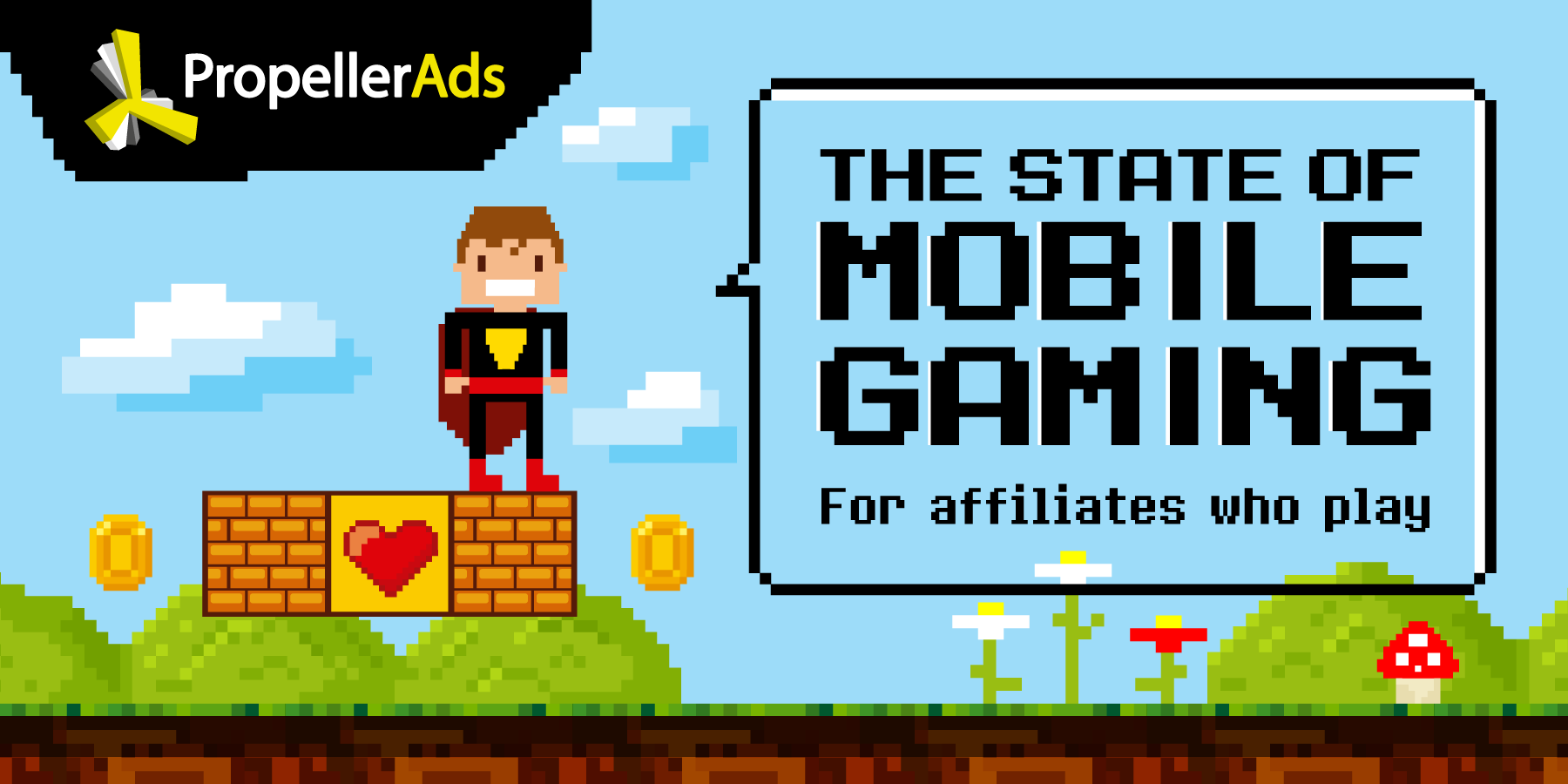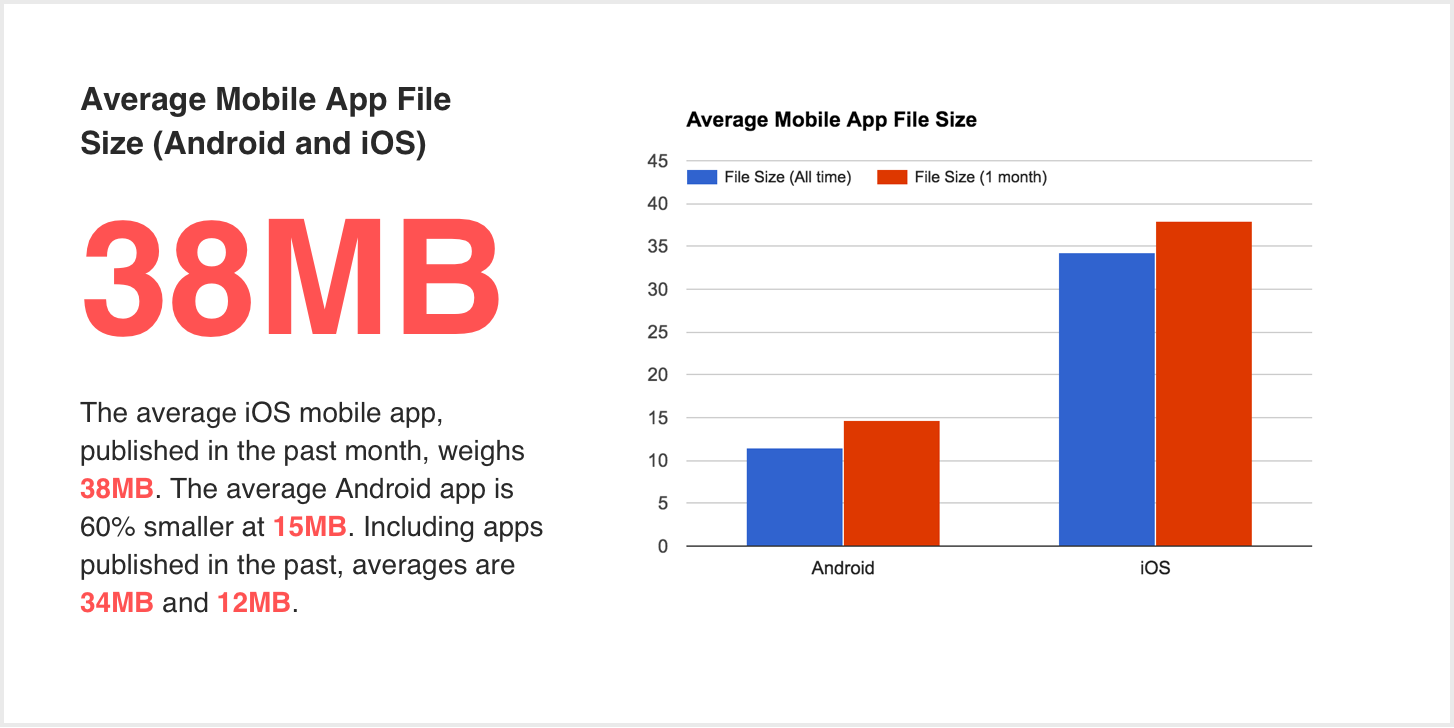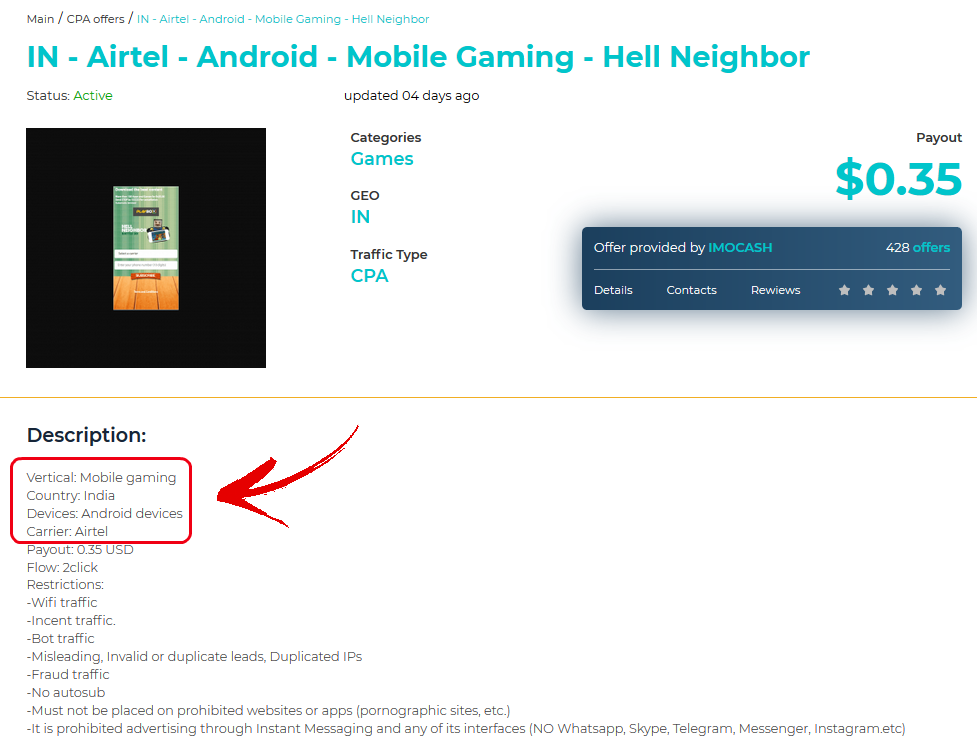Affiliate Insider: 3 Steps to Finding a Superb Gaming Offer

Since the creation of Pong, games have cast a spell that humans have not been able to break. Fast forward six decades and the widespread of mobile devices and technology, in general, has only added gasoline to the fire.
Today, there are games suitable for everyone, including kids, adults, and even the elderly. What’s more, there are tens of thousands of games available, but all of these companies need help getting in front of their audiences, inducing installations, or generating leads.
This is where affiliates come in.
Game manufacturers rely on affiliates, also known as publishers, to help them market their awesome creations. However, choosing the best gaming offer is not always easy, especially considering the myriad of options available.
Below, we’ll discuss tips that affiliates can use to select the best gaming offer.
Without further ado, let’s jump in!
Step 1. Understanding Basic Requirements
Games offers come in all shapes, sizes, and layouts, but all great proposals tend to share a set of characteristics. Advertisers, or the companies looking to market their games, usually provide offers that affiliates need to review and accept.
It’s important to note that gaming offers have a series of basic requirements for the leads or downloads generated by affiliates. These include:
Device and OS
Advertisers may be looking to target users using certain devices or operating systems. Make sure you look at the requirements, for instance, if they are looking for mobile devices or desktops running on a specific operating system.
Then, look at the specific type of traffic you generate and make sure you can meet the requirements. Note that iPhone users are harder to convince and keep, but offer higher payouts. On the other hand, Android devices provide better statistics, but lower payments.
Geo-Location
Like device preference, many advertisers try to focus on a specific country, region, or even city. But, advertising in different regions of the world means that user behavior also varies. Make sure you only show the advertisers’ ads in regions that are stipulated in the offer and filter out certain visitors when necessary.
Users in tech-savvy countries like the US and Sweden are way harder to impress than other areas of the world. Because mobile technology doesn’t advance at the same pace, users in places like Iran and India tend to be easier to convert.
Internet Speed
Internet speed also varies depending on the area of the world. The main problem is that some games require fast internet. Make sure the users you attract have good connectivity and if that’s not possible, try to select offers from games that don’t require fast internet.
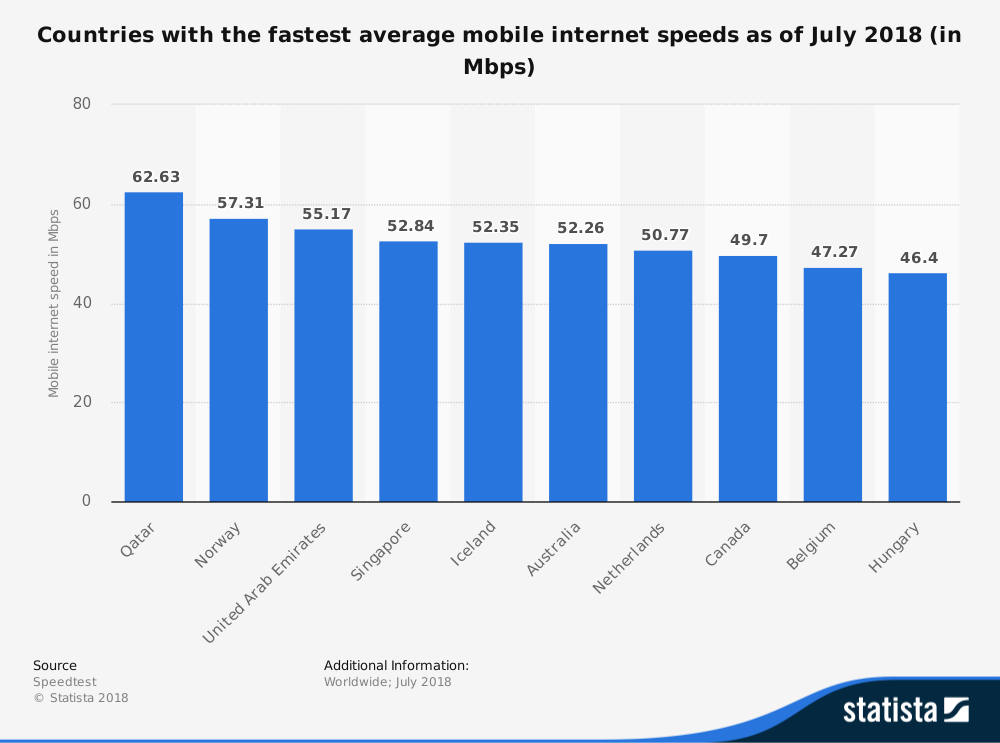
This statistic presents the top ten countries with the fastest average mobile internet speed as of July 2018. As of the measured period, the country with the fastest average mobile internet speed in Mbps was Qatar, which had an average mobile internet speed of 62.63 Mbps.
Compare it to broadband internet speeds:
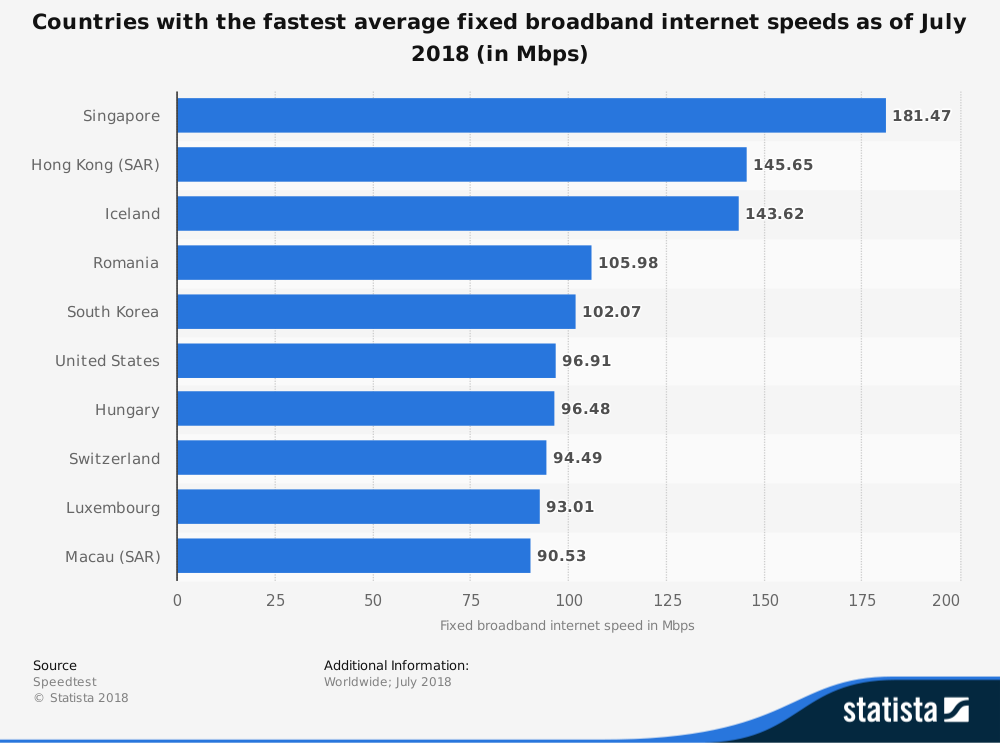
This statistic presents the top countries with the fastest average fixed broadband internet speed as of July 2018. As of the measured period, the country with the fastest average fixed broadband internet speed in Mbps was Singapore, which had an average fixed broadband internet speed of 181.47 Mbps.
Step 2. Assessing the Product
Once you’ve looked at the basic requirements, it’s time to analyze the game itself. Games can feature different designs, modes, and general structure. This may influence how the ads will perform, so look at the following details before making a choice.
Game Type & Genre
You should evaluate the game genre to really understand if it has a chance to become popular. At the same time, note the type of device it supports. Some installations only work as mobile apps, while other support multi-platform web versions, giving you a bigger audience to target.
The most popular types of mobile games include:
- Puzzles
- Alternative reality
- Action/strategy
- Racing
- Building simulations
Technical Specifications
All games use a device’s CPU, but as a general rule of thumb, more intricate games tend to put more of a strain on a computer or phone. Check the technical specifications need to run the game as users are more likely to keep lighter versions that don’t slow down their phone.
Free, Premium, or Freemium
As you can imagine, free games are the most popular type available, but they also tend to have lower payouts. Paid games are harder to advertise, but these offers have significantly higher payouts.
At the same time, “freemium” games can be downloaded and played, but they tend to offer upgrades in the form of in-game purchases. Look at the offer in case it has a freemium clause that requires an in-game purchase in addition to the installation.
Registration Process
Customer experience is everything in both gaming and digital advertising. The registration and installation process should be very fast, especially in countries where conversions and retention rates are low. Remember, the fewer steps a user has to take to register the better, so social media registration can be a huge plus!
User Reviews
User reviews are usually a reliable source of information. They provide users’ honest opinion about the game. If a gaming offer is too good to be true, and it has bad reviews on top of that, you should consider seeking other offers before settling.
Remember to be careful with reviews. Read how misleading apps can fake popularity on Google Play
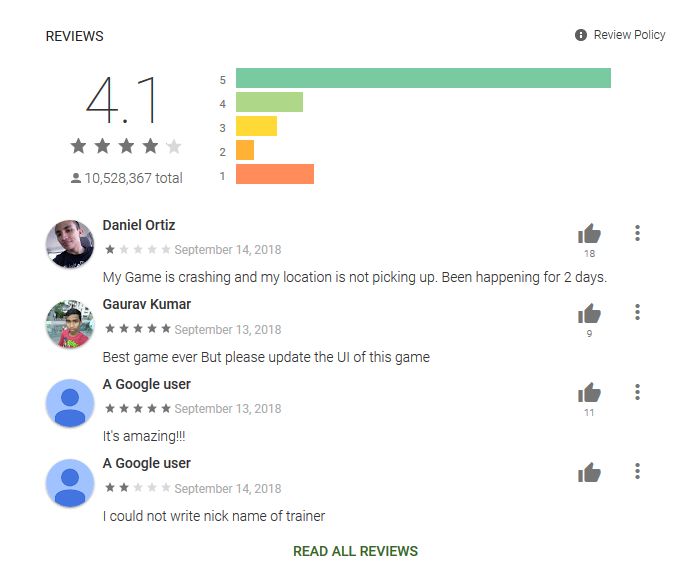
Here’s an app review example
Step 3. Evaluating the Partner Program
After you’ve analyzed the games itself, you should review the partner program. As we mentioned before, if an offer is too good to be true, chances are it probably is.
The key to finding the best program is to search for realistic, yet fair proposals and make sure the traffic you generate fits that description. This will help streamline your efforts and reduce the amount of time you invest into optimizing multiple campaigns that want different types of traffic.
1. Target the Right Geographical Locations
If an advertiser is looking for a specific target location, make sure you only show their ads to visitors from these regions. This will help improve the ads’ statistics while weeding out invalid interactions that you can’t charge for.
2. Device and OS Requirements
Likewise, only show an advertiser’s ads to users that are navigating on the specified devices and operating systems. Game manufacturers usually target these because they directly affect gameplay, so users on the wrong device are more likely to have an unpleasant experience.
3. Ad Formats Allowed
Some advertisers will only allow certain types of ad format, for instance, banners or popunders.
4. Lead Limit
Some advertisers provide a daily lead limit, mostly for budgeting reasons. Unfortunately, if the daily lead limit if 50 and you generate 75, you will only get paid for the first 50. Ideally, your platform will allow you to track this statistic and stop showing the ad once the quota is met.
5. Check the Proposed Landing Page
Landing pages directly affect the performance of an ad. If the advertiser provides a landing page, you should survey it and make sure it looks convincing. At the same time, you may want to check if they allow the use of pre-landers to help improve your statistics.
6. Payout Conditions and Options
The payout options and conditions available are extremely important, for obvious reasons. If advertisers offer a payout method that you can’t redeem for any reason, the proposal becomes irrelevant so make sure that you can withdraw the funds you generate.
Additionally, there are two other payout aspects you have to keep in mind. These are the payment models available and an additional set of requirements called hard KPIs and soft KPIs.
Payout Models
As the name indicates, the payout model dictates the specific conditions and cost of each lead or interaction generated. These can be broken down into three major types:
- CPL: Known as cost-per-lead, this model allows affiliates to charge advertisers for each lead they generate. Remember that leads are defined by advertisers, so you’ll have to meet the requirements outlined by the game developer.
- CPA: Cost-per-action is a model where affiliates need to generate a specific action before getting paid. This is an extremely broad model where actions can vary from a simple click to a string of steps after installation.
- CPI: Cost-per-installation may sound like the most straightforward, but it’s important to note that many of these offers have retention requirements. In other words, installations that are deleted before a certain amount of time has passed may be invalid.
Key Performance Indicators (KPIs)
Key Performance Indicators, or KPIs, are the statistics that advertisers use to determine the success of an ad or campaign.
- Hard KPIs: Refers to the statistics that affiliates have to meet in order to get paid. In other words, if the hard KPIs are not met, you won’t get paid for the interactions your platform generates.
- Soft KPIs: These are the statistics that advertisers would like affiliates to deliver, but they are not necessary. If you don’t meet soft KPIs, advertisers may pause their campaign in order to optimize it or give you the chance to make a few changes. But, you will still be able to claim payment for the leads or actions generated.
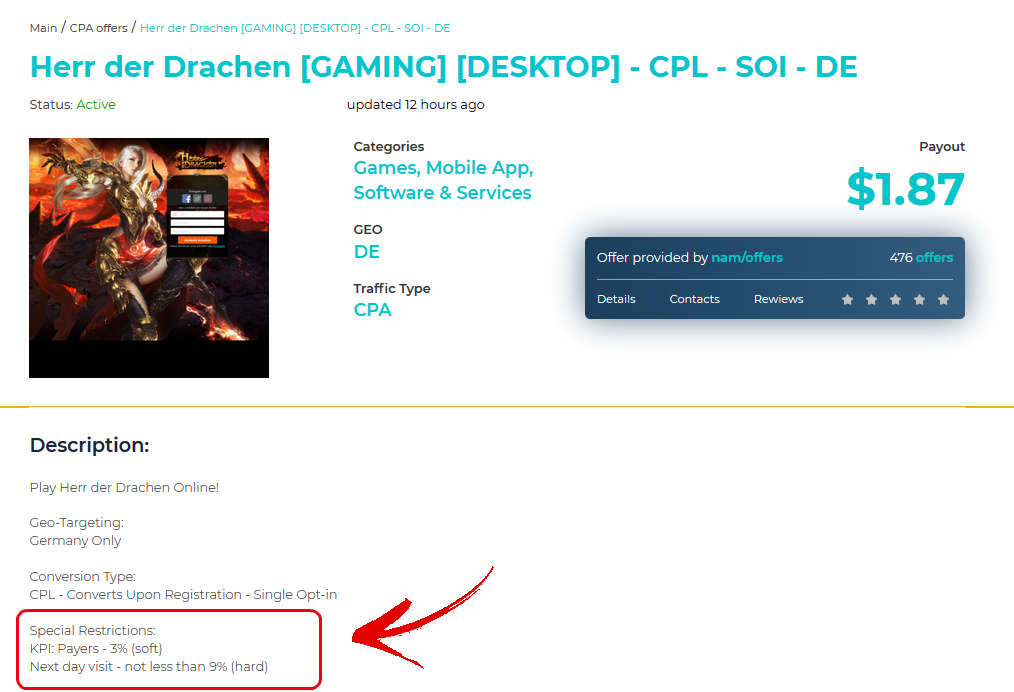
Not that difficult, right? All you have to pay attention to, when it comes to gaming offers, are multiple tech specifications and devices you are planning to target. With some practice, you would be able to identify worthy offers with ease. Meanwhile, you can read our guide on where to find high-converting CPA offers.
Do you promote gaming offers? What are your favourite ones?
